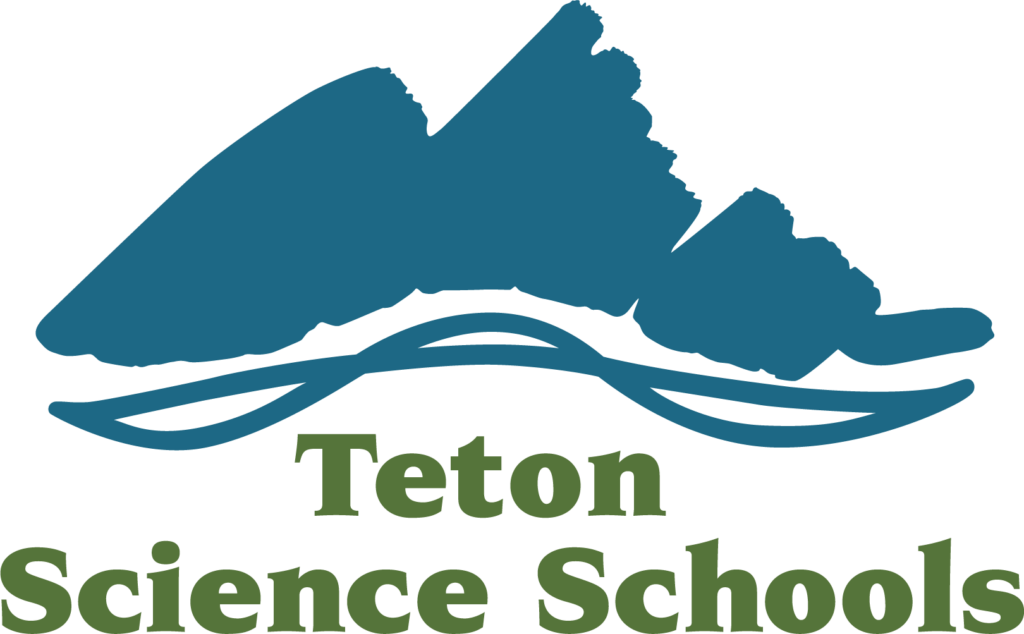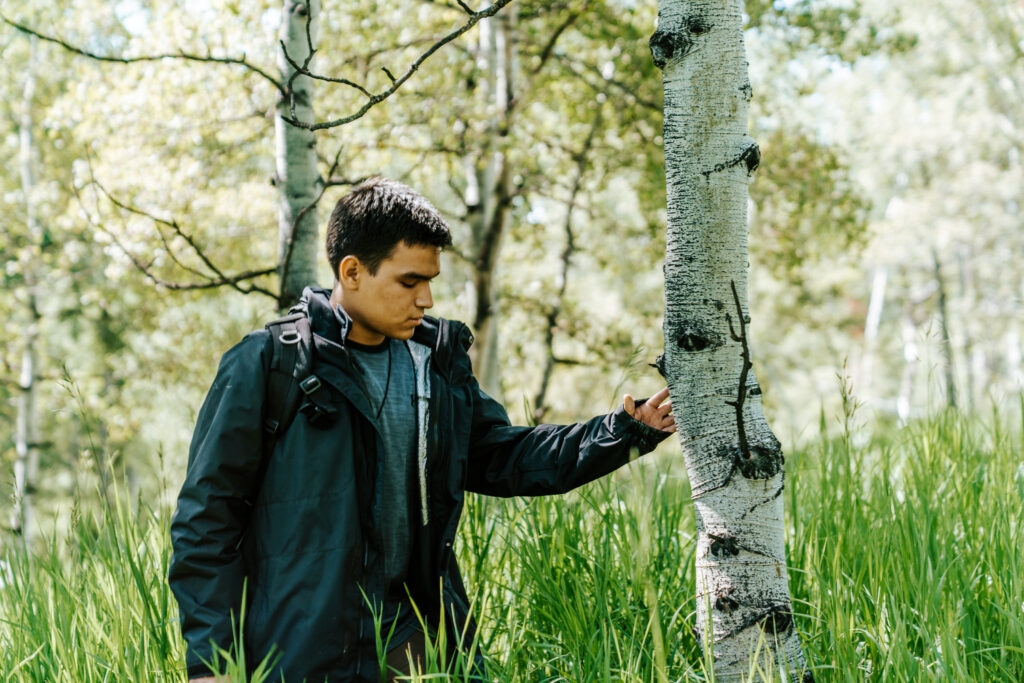One by one, educators, students, administrators, and community leaders logged into the 6th Annual Place-Based Symposium last week to reimagine the future of education. The Symposium was held in a virtual format for the second year in a row due to the constraints of the ongoing pandemic. And while we’ve had to adapt rapidly to Zoom, our brains still operate by their long-evolved strategy of storing information by attaching emotion to memories. That’s why it’s harder to remember things conveyed in virtual settings: the body language and emotional cues available during in-person interactions aren’t nearly as present on-screen.
But this event seemed to break those rules. When Ben Rossetter, a first-year Mountain Academy middle school math teacher, shared reflections on his challenges and resilience during the pandemic, the vulnerability was powerful and palpable. And when Wildlife Expeditions guide Kevin Taylor broadcasted live from his “Special Place Lab” during a demonstration of how TSS is bringing Grand Teton National Park into the hospital rooms of young cancer survivors, his enthusiasm and contagious curiosity spilled over the barrier of the screen. We experienced live music together. We went away to separate presentations themed around the Symposium’s five tracks (Connecting with Community Partners, Empowering Young Leaders, Rebuilding with Equity, Finding Hope & Understanding, and Emerging Themes in PBE) and then returned to a shared space for lightning rounds of Pecha Kucha-style talks. We closed the night with a momentous keynote address from Carolyn Finney inviting us to move forward in meaningful and practical ways in the shared work of rebuilding with equity.
We left the event with our tanks filled, our minds and hearts aflame, and our commitment to education’s role in creating a more just, sustainable, and viable world deepened. If you were unable to attend, or if you’re ready to check out some of the presentations you missed, you can find links to an overview of the symposium and recordings of all the presentations here.
Recapping the 2021 Place-Based Symposium
By the Numbers
210 minutes
19 pre-symposium project posters
20 individual presentations
9 Pecha Kuchas
2 musical acts
1 keynote address
275 attendees
By the Feelings
Quotes from participants:
“Carolyn Finney’s keynote was absolutely amazing. She was real and even though I was just watching a webinar, I felt seen.”
“I left feeling empowered and joyful about my profession. I loved it!”
“That was one of the best virtual events EVER. Thank you. I needed that.”
“You are the changemakers that this world needs. I look forward to seeing how the roots of these talks help us all in rebuilding for equity.”
By the Presenters
“For fire making, we have students work with flint and steel. It’s a challenging process. If you overlook one of the steps, you don’t make a fire; kind of like how there are no shortcuts when getting to know oneself.”
–Rite of Passage during a Pandemic, by Kevin Taylor
“What place-based education was is no longer enough. We need a practice of place-based education that intentionally challenges Whiteness.”
–Building Cultural Responsive Educators, by Aaron Nydam and Julia Spencer
“We need to demystify STEM. Children grow and develop so much before the age of five. The skills that they learn through inquiry help them stay interested in school for the long term. The problem is that early childhood educators don’t feel comfortable with this material, and that leads to underrepresentation as a whole in the STEM fields. We can think about this differently if we think about STEM differently.”
–Playful and Place-full Early STEM, by Erin Tanzer
“Like never before in my life, I’ve embraced a growth mindset. I’ve let myself fail and succeed. And though the pain of failure stays with me, I’ve tried to learn and grow from it.”
–My First Year in the Classroom: Reflections on challenge and resilience during the pandemic by Ben Rossetter
“One day I got this owl video from one of my students who really needed help with communication issues. He’d gotten excited about all the outdoor learning we were doing and his family had helped him produce a show about owls using a nesting box they had installed in their yard. I passed it along to our science coordinator who added it to a science show he’d been working on and it ended up on the front page of the local newspaper one Saturday morning.”
–Learning in Your Place: A place-based approach to virtual learning, by Brain Earls
When Teton Science Schools’ Mountain Academy 4th and 5th graders learned that Highway 22 is a problematic area for wildlife-vehicle collisions, they wanted to help “give wildlife a brake.” With science teacher Bari Buchholz, they embarked on a project-based unit that culminated in the installation of two life-sized reflective elk silhouettes near a collision hotspot.
-Mountain Academy 4th and 5th graders investigate Wildlife-Vehicle Collisions, a poster presentation by Bari Buchholz
“You have to know where you stand. You have to understand your own bias. You have to understand what it is that feeds you. You have to understand your point of view- not because you need to defend it, but because in order to be authentic in relationship, in order to engage from that true place, in order to try to find some common ground (which is not always about finding agreement, but finding a place that we can stand as human beings within our differences), you have to first be real about where you are, who you are, and where you’re coming from.”
– Three Steps: Black Faces, White Spaces, and Playing the Long Game by Dr. Carolyn Finney

Resources to support your place-based education journey
- What do we mean when we say place-based education?
- What is place-based education and why does it matter?
- Preparing Educators for the Place-Based Education Classroom
- Getting Started with Place-Based Education
- Virtual courses and workshops available through TSS


